RELUCTANCE TO CHANGE STATUS QUO AND COVERT BIAS ARE HOLDING BAME LAWYERS BACK
by S NEERAJ KRISHNA
BLACK, Asian and minority ethnic (BAME) lawyers are significantly under-represented in mid- to-large-size firms (those with six or more partners), a recent survey found.
Larger firms, with at least 50 partners, had the lowest proportion of BAME partners, at eight per cent, with no progress since 2017, the study revealed.
Analysis by the Solicitors Regulatory Authority (SRA) also showed that a majority of BAME lawyers did criminal work or private legal aid.
Firms handling more “lucrative” clients, such as in corporate law, had the lowest BAME representation at 15 per cent.
Sailesh Mehta, a Red Lion Chambers barrister and a former head of the Society of Asian Lawyers, told Eastern Eye: “In every sector – whether banking, medicine or law – there are the lucrative parts and the less well-paid parts. Criminal law pays far less than corporate law.
“Historically, BAME communities start in the less-rewarding areas, because the barriers to entry in those areas are a little lower than for the well-rewarded areas.”
The SRA report, which was published last month, noted thay there was “very little difference by seniority among BAME lawyers – 21 per cent of solicitors are BAME (down by one per cent since 2017), compared to 22 per cent of partners (up by one per cent since 2017)”.
Lawyers from an ethnic background made up 21 per cent of the legal staff at law firms in 2019, a figure that has remained stagnant since 2017, the report on diversity in the legal profession showed.
About 15 per cent of lawyers were Asian (up six per cent since 2014) when compared with seven per cent of UK’s overall workforce.
Mehta noted that progression among BAME lawyers had “always been sluggish”.
The SRA report of 2017 had, in fact, called for action to address diversity differentials in relation to progression to senior levels.
“This is where progress has been slowest, because the pushback has been greatest,” Mehta said.
While acknowledging that there has been “a change for the better”, he added, “Why must such changes be so slow?”
Change could “happen in an instant if there is the will. But, because the inequality is against BAME lawyers, change is at a snail’s pace, and we are expected to express gratitude for it,” Mehta added.
In his view, the process was slow because “an attack on the status quo would be an attack on vested economic interests”.
“Those who are at the top of the profession and highly paid would be most affected by changes to make the profession more equal,” he said.
Sundeep Bhatia, the proprietor of Beaumonde Law Practice, said: “It’s distressing that the same issues apply as they did 15 years ago”.
He said the key issue was not how many BAME men and women were entering law, but “the glass ceiling that keeps them out of senior positions”.
“They should be given the opportunity, and connections to break through that glass ceiling,” said Bhatia, a former chair of the Society of Asian Lawyers.
The SRA report, which analysed the relevance of “social mobility” in the placement of lawyers, noted that the larger firms had the highest proportion of lawyers who attended private school at 32 per cent.
Firms handling corporate law had the lowest proportion of state-educated lawyers at 46 per cent. On the other hand, 79 per cent of lawyers in firms handling mostly criminal work were state educated.
“Corporate firms tend to recruit from Oxbridge or Red Brick universities,” said Bhatia, a Law Society Council member for ethnic minority solicitors since 2010. “These universities have a disproportionate intake of private school pupils.”
Most BAME solicitors would have been educated at other universities that attract less corporate interest, he added. “The only way around this is for universities to look at and revise their selection criteria,” he explained.
Mehta agreed, adding that “BAME lawyers who went to state school face a double disadvantage – race and class”.
“Covert” prejudices still exist within the legal system on the whole, he said, citing a case where he represented a “very successful Nigerian businesswoman. While she was giving evidence, the elderly judge interrupted and said, ‘I just can’t understand your client’s English!’
“I responded: ‘Would your Honour mind changing your public-school accent to one that is easier for the jury and my client to understand?’
“The learned judge smiled wryly and did not complain again.”
Bhatia believed such an “unconscious bias” could be another reason for low BAME representation in large firms. “It may be a factor, with those in decision-making positions tending to recruit those who more closely reflect themselves,” he said. “More training needs to be given at law firms to negate this unconscious bias.”
It was also “disheartening” that BAME students did do not have enough role models, Bhatia added.
Solicitor Angeli Vadera of Keoghs Group shared this view, highlighting the “lack of role models” as a key challenge.
“It discourages BAME lawyers in law firms to progress,” she said.
“More needs to be done on promotion of lawyers through executive sponsor schemes and transparent promotion programmes that facilitate application from a range of the workforce.”
Vadera, who is part of the Law Society’s Ethnic Minority Lawyers Division Committee, advocated initiatives in which results could be measured and firms could work towards a set target, such as Lord Davies’ voluntary target of 33 per cent female representation for boards on the FTSE 350.
“Similar voluntary targets for racial equality will focus the attention of the law firms on changes which they need to make,” Vadera said. “The question as to how they will address this concern is still a massive issue, as it would require a change of culture within the firms.”
The SRA chief executive, Paul Philip, said: “A diverse and inclusive legal profession which reflects the wider community is not only good for the public but also for legal businesses themselves. That is why it is encouraging to see progress continuing across many areas, although there is clearly more work to be done.”




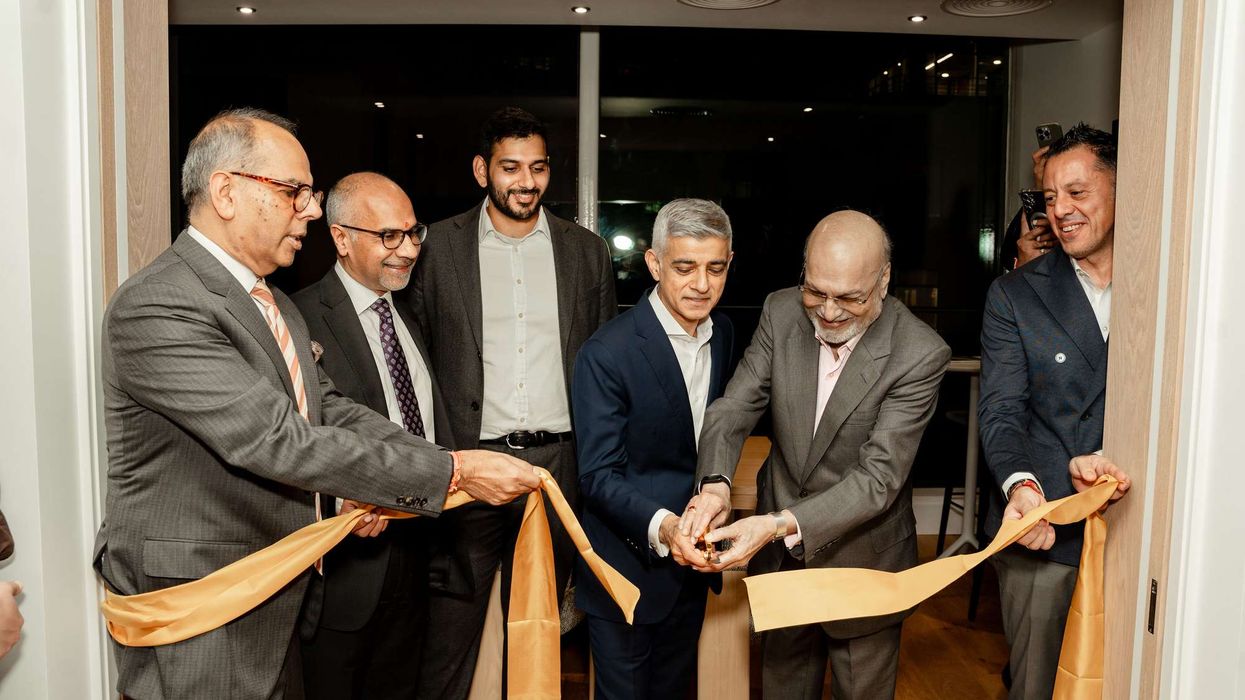
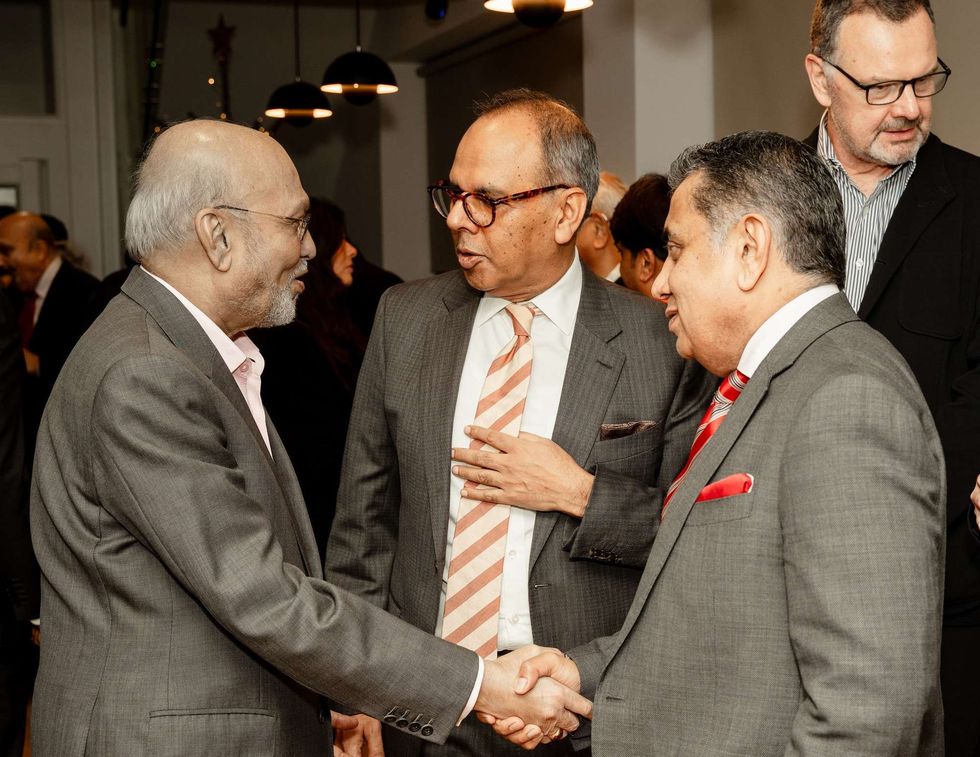 Nirmal Sethia, Kalpesh Solanki and Lord Tariq Ahmad
Nirmal Sethia, Kalpesh Solanki and Lord Tariq Ahmad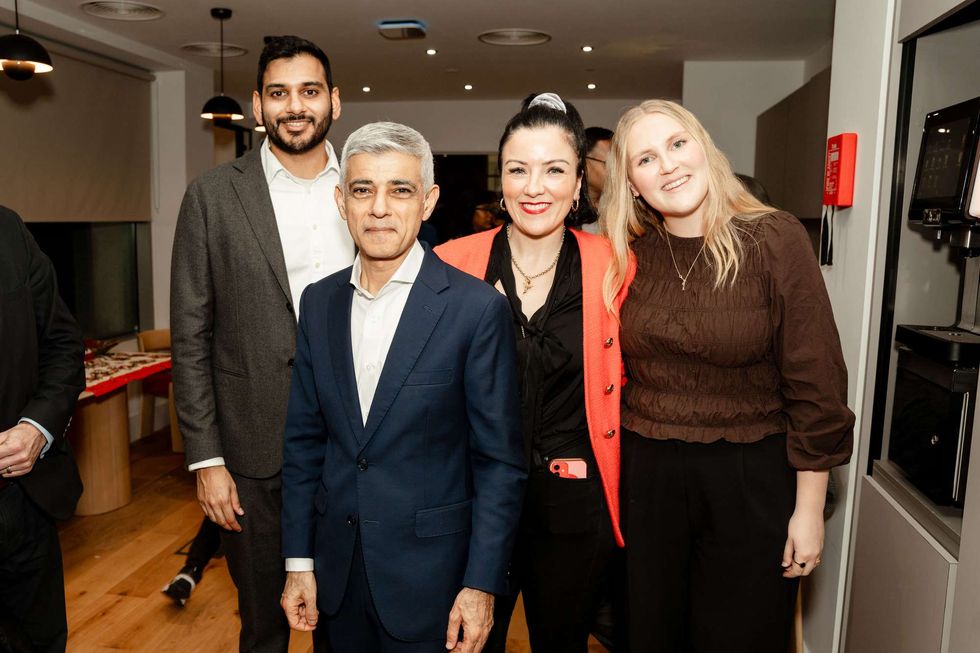 Jamin Solanki, mayor of London Sadiq Khan, Colette Whelan and Marnie Lane
Jamin Solanki, mayor of London Sadiq Khan, Colette Whelan and Marnie Lane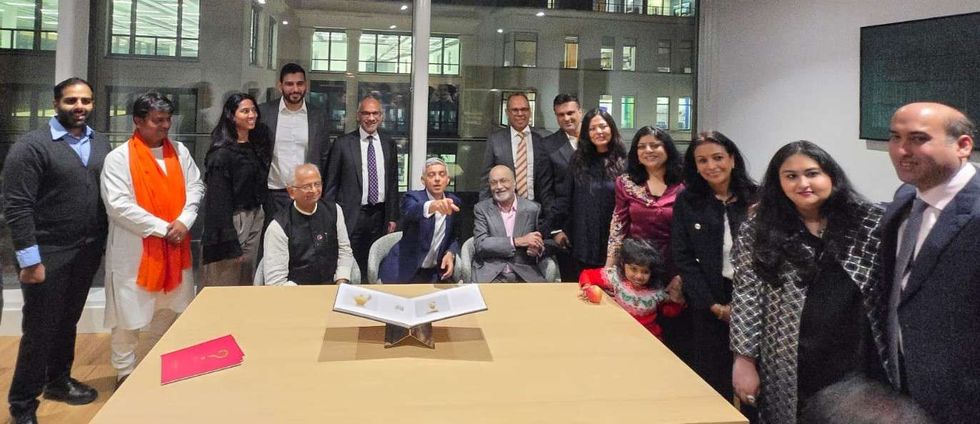 (Seated from left) Dr Nandakumara, Sadiq Khan, Nirmal Sethia
(Seated from left) Dr Nandakumara, Sadiq Khan, Nirmal Sethia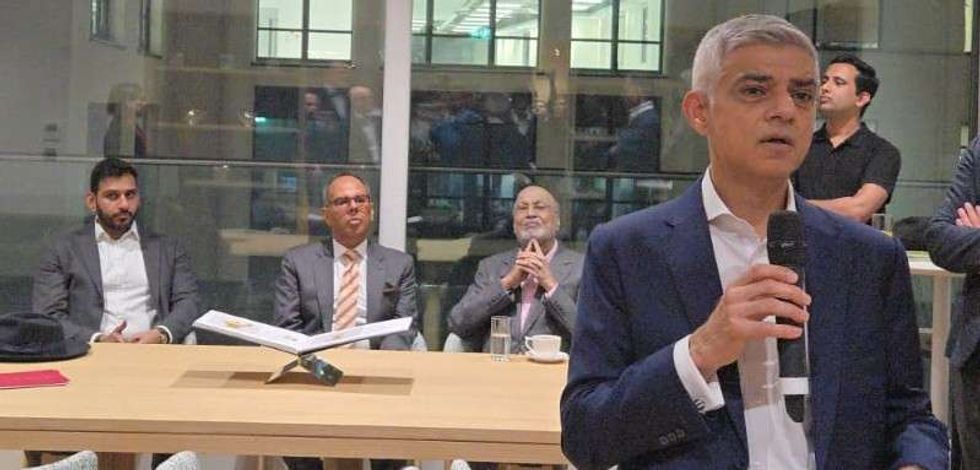 Mayor of London Sadiq Khan delivering his keynote speech.
Mayor of London Sadiq Khan delivering his keynote speech.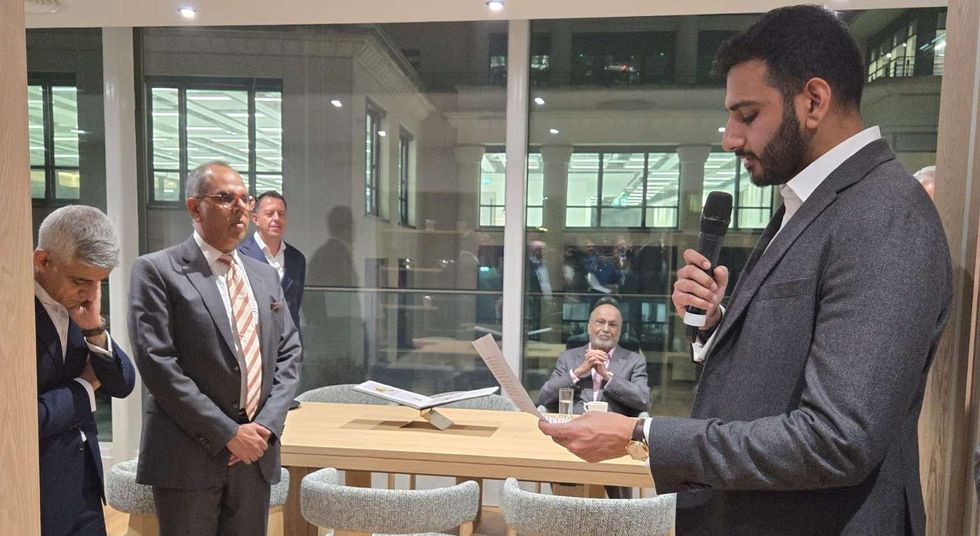 Jaimin Solanki addressing the gathering
Jaimin Solanki addressing the gathering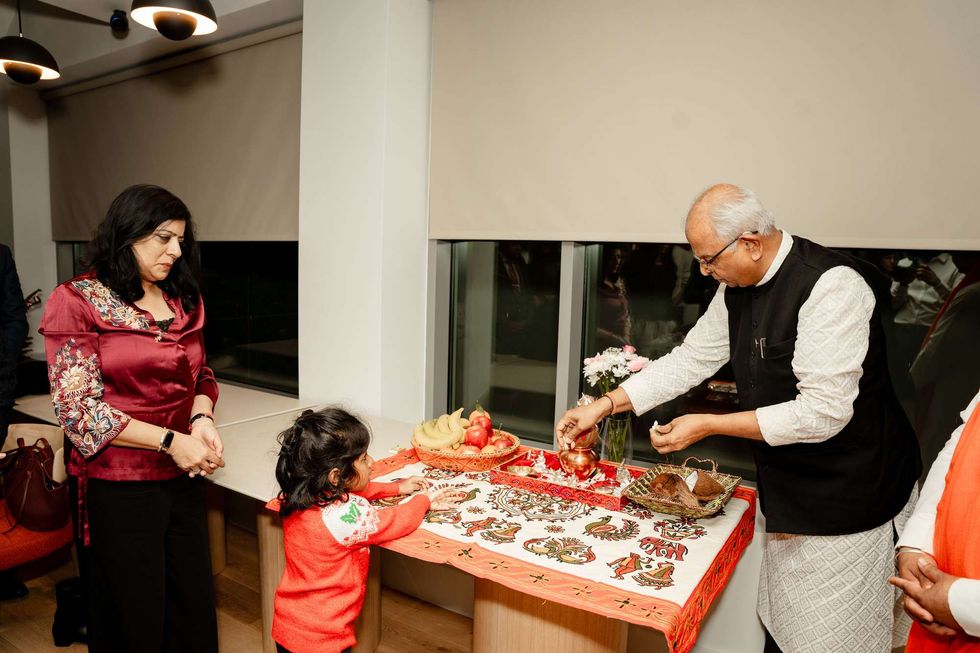 Dr Nandakumara guiding the Vaastu Pooja, with Aarya Solanki performing the pooja.
Dr Nandakumara guiding the Vaastu Pooja, with Aarya Solanki performing the pooja.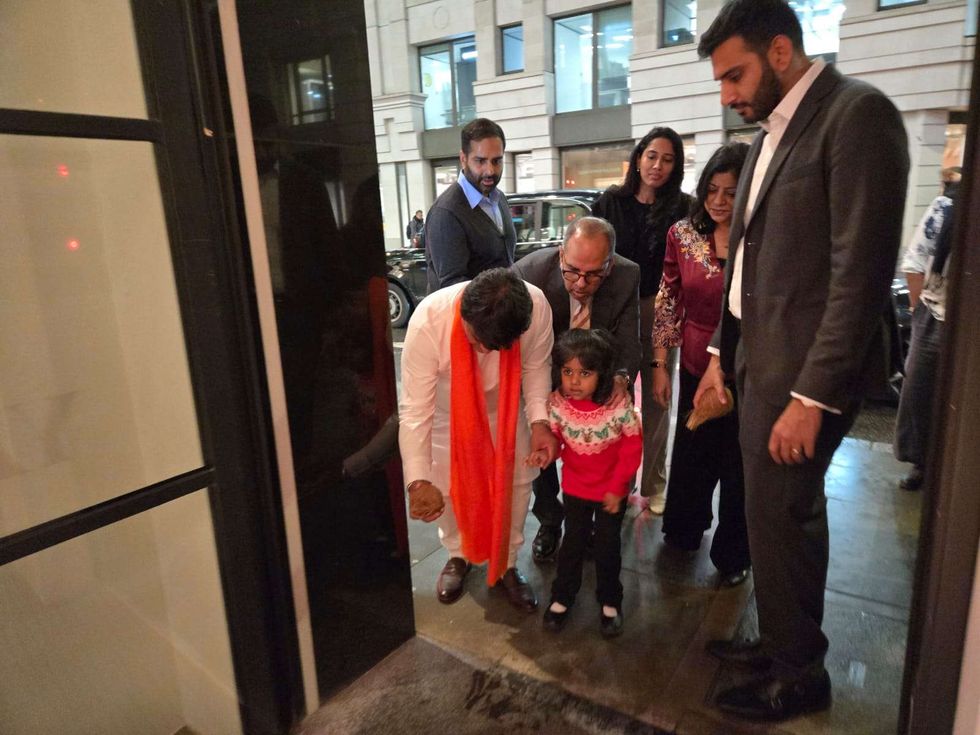 HH Guruji performing the coconut-breaking ritual.
HH Guruji performing the coconut-breaking ritual.






